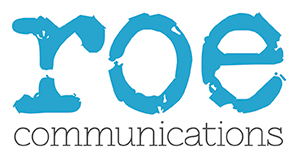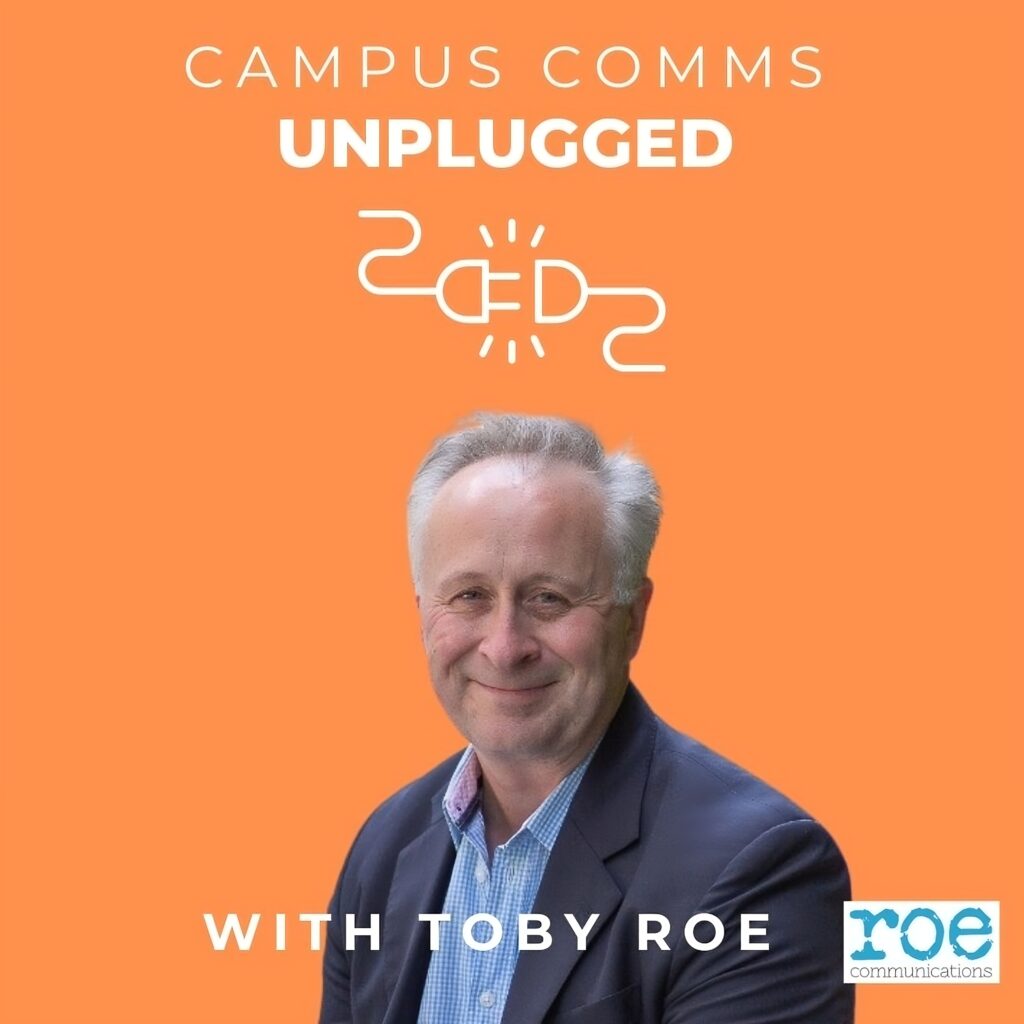Prospective students and parents care about value.
According to the BusinessBecause Cost of MBA Report 2025, the estimated average total cost of studying at one of the world’s top MBAs is around $203k.
Of course, not all business programmes cost that much (and studying in the US is considerably more expensive than elsewhere). Nevertheless, candidates are increasingly asking questions like:
- What return will I get on my investment?
- How will this programme accelerate my career?
According to GMAC’s 2025 Prospective Students Survey, 42% of students cited ROI – including skill development and opportunities – as one of their top three research factors when choosing a graduate management program, up from 38% in 2023.
Little wonder that emphasising ROI has become a priority for business school marketing communications teams.
What returns are students looking for?
Research from the likes of GMAC, Poets & Quants, MBA.com and the Financial Times, students typically look at ROI in three broad categories: financial, career, and personal/professional growth.
With regards to financial ROI, they will be looking at issues such as an increase in pre- and post-programme salary, potential lifetime earnings, the size of financial assistance packages and how quickly they can be repaid, as well as how long it takes to recoup tuition fees.
In terms of career support, they could be looking at the ability to pivot into a new industry and promotion opportunities. But they are likely to be considering the networks they might be introduced to at business school and access to employers. Let’s not forget entrepreneurial support such as access to incubators, venture funding, and entrepreneurial ecosystems.
And of course, they are looking for personal and professional ROI. Again, alumni networks and global exposure (e.g. international study trips) will be important, as will the prestige of their school – particularly for opening doors down the line in their careers. In terms of personal growth, they are looking for the very latest frameworks and thinking, increasingly on topics such as AI, analytics and strategy. Alongside this, they expect to grow their “soft” skills in terms of leadership, resilience and confidence.
Where does PR figure?
While rankings and websites offer some answers, strategic PR can tell a more compelling story.
Effective PR can showcase outcomes – job placements, internships, alumni success, and unique strengths that set one school apart from another.
So what are the key PR activities to bring ROI to life?
1. Turning data into stories
Business schools collect rich data on employment rates, average salaries, and career progression.
PR can play a central role in transforming these statistics into human-centred narratives.
A press release about “95% of graduates employed within three months” is useful – but a feature story about an MBA alum who pivoted industries, doubled their salary, and credits the school’s career office is far more persuasive.
2. Leveraging alumni voices
Alumni are business schools’ most trusted advocates.
By amplifying their voices through interviews, podcasts, and thought-leadership placements, PR can showcase tangible career outcomes while building authenticity.
These alumni case studies resonate with prospective students in ways marketing copy cannot – because they represent lived proof of ROI.
It’s important that alumni stories tie personal transformation back to their business school experience.
3. Aligning with employer perspectives
Employers are also important stakeholders.
Media stories that highlight strong industry partnerships, internships, and employer endorsements can reinforce a school’s role as a direct pipeline to career success.
Endorsements from employers highlighting the quality of recruits from X business school act as third-party proof of ROI and career readiness.
Positioning faculty and career services leaders as experts on career/job market trends in the media also strengthens credibility around employability outcomes.
4. Creating differentiation
In a crowded market, schools that consistently demonstrate career impact through authentic storytelling, alumni advocacy, and industry validation stand out to discerning applicants who weigh education as an investment.
The bottom line
PR isn’t just about visibility; it’s about trust.
By shaping narratives around ROI and career outcomes, business schools can bridge the gap between numbers and emotions – helping prospective students see not just the cost of education, but its true long-term value.


